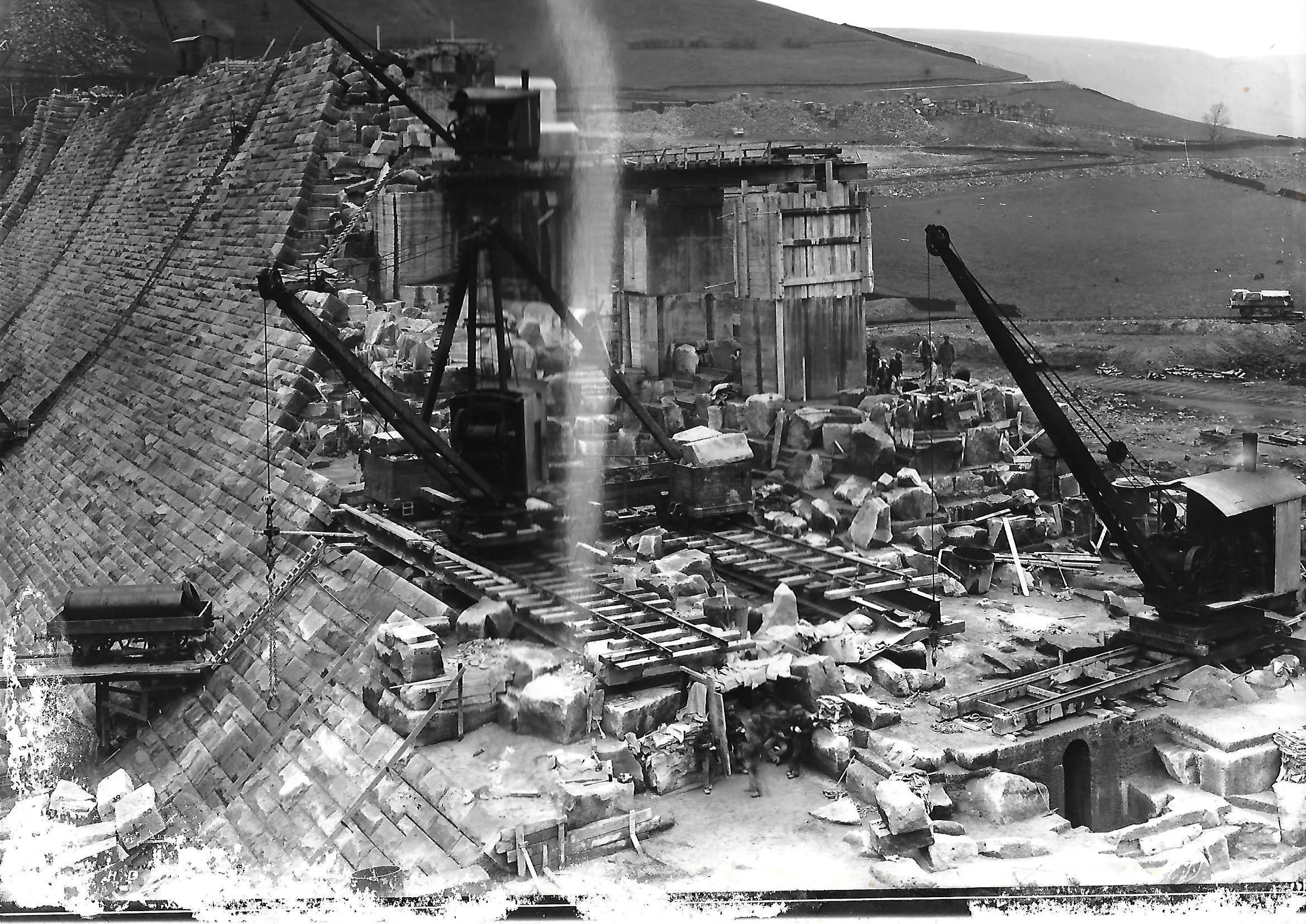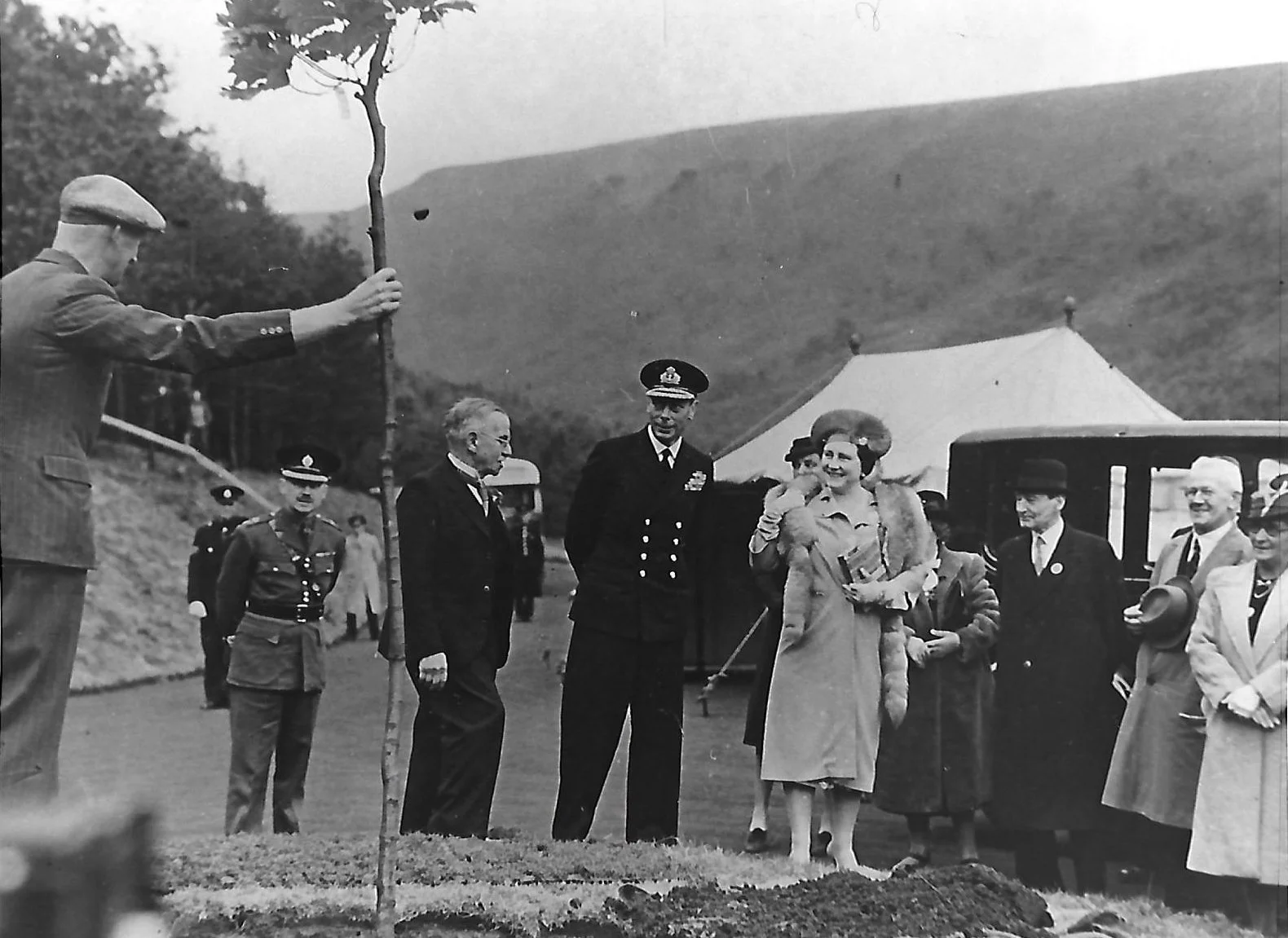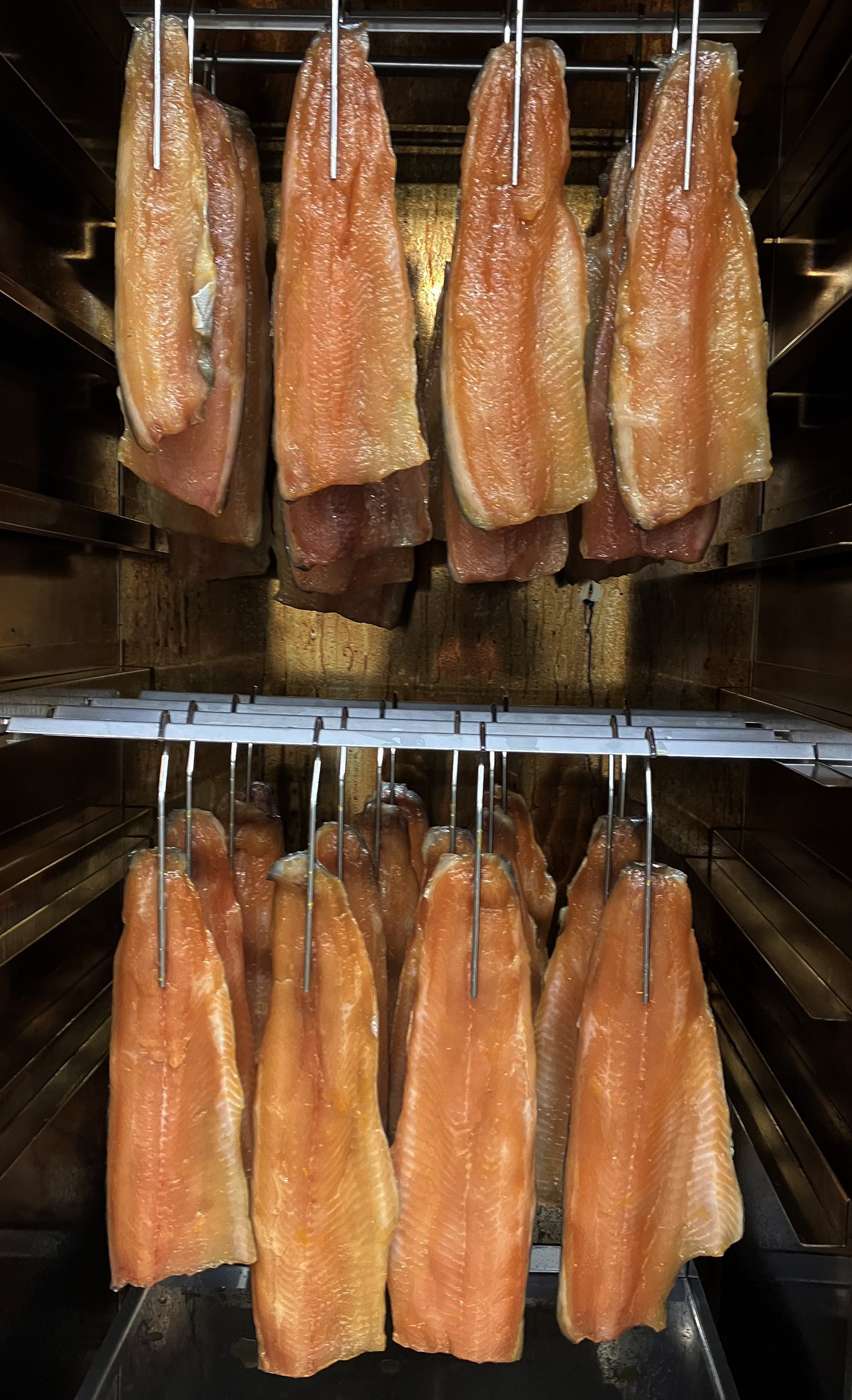
Savouring a culinary journey through drowned villages.
Ladybower reservoir’s drowned villages and war impact.
Ladybower Reservoir was built between 1935 and 1943, its creation submerged the villages of Derwent and Ashopton. The Drowned Villages Smokery. Giving rise to the hauntingly beautiful submerged remains occasionally revealed during periods of low water. Ladybower played a pivotal role during World War II, serving as a training ground for the famous Dambusters squadron.
The legacy of the Drowned Villages Smokery.
Founded on the shores of Ladybower Reservoir, the Drowned Villages Smokery draws inspiration from the drowned villages beneath its waters. Each fillet we smoke carries with it the essence of history, a homage to the communities that once thrived in this breathtaking landscape, the skilled engineers who built the awesome Derwent Dams and the intrepid Dambusters who practiced here before their daring air raids during the Second World War.
Cold-Smoked Trout Crafted with Care.
At the Drowned Villages Smokery, we employ the traditional technique of cold smoking to transform our Rainbow Trout into a culinary masterpiece. Our process ensures that every bite delivers a perfect balance of smokiness, tenderness, and a depth of flavor that lingers on your palate.
We take pride in sourcing our trout sustainably from the pristine waters of the Peak District. This commitment not only guarantees the freshness of our products but also reflects our dedication to preserving the natural beauty that surrounds us.
Code of ethics.
The environmental commitment at The Drowned Villages Smokery is to use sustainably reared, inland trout. By addressing responsible practices and staying informed about evolving standards we contribute to the viability of an inland trout farm, supporting the long-term health of ecosystems and meeting the expectations of environmentally conscious consumers.
We employ energy-efficient and low-impact smoking techniques, contributing to our ethical production processes. We use natural wood from sustainable sources for smoking and use eco-friendly packaging materials, minimising packaging waste. Biodegradable or recyclable packaging options are used wherever possible.












